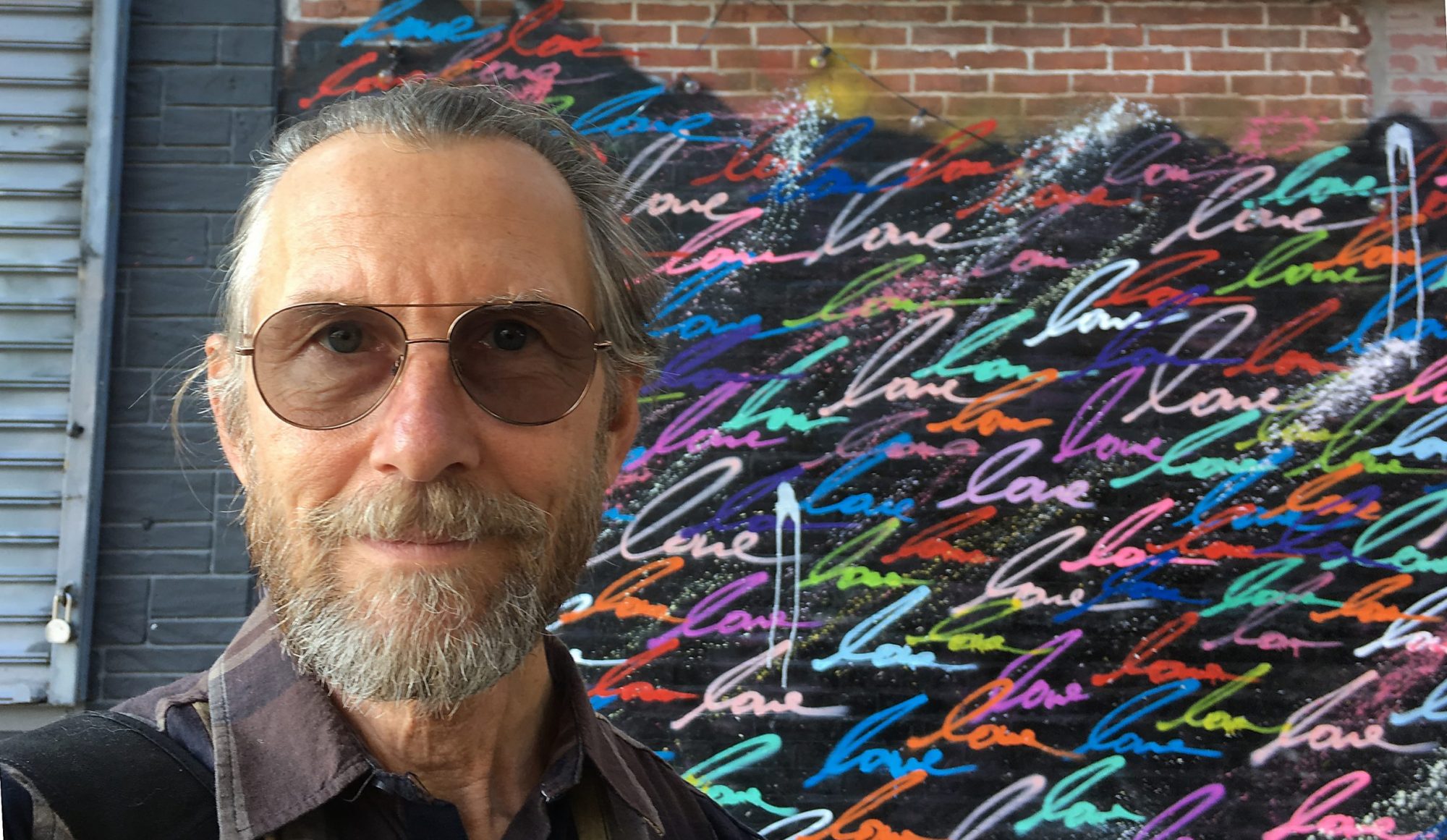 I’m sick. Even though I’m a vegetarian and practice meditation, chant, and exercise, I’ve got a head cold. The bad instead of the good. Last night, while sucking cough drops, I delivered my semi-annual lecture, entitled ‘Intro to Tantra,’ in which I have the pleasure of trying to convince idealistic students that the nature of the manifest world is one of opposites, which implies as much bad as good.
I’m sick. Even though I’m a vegetarian and practice meditation, chant, and exercise, I’ve got a head cold. The bad instead of the good. Last night, while sucking cough drops, I delivered my semi-annual lecture, entitled ‘Intro to Tantra,’ in which I have the pleasure of trying to convince idealistic students that the nature of the manifest world is one of opposites, which implies as much bad as good.
The notion of a world that by its nature contains evil (or any other negative quality you want to name) can be depressing and tough to swallow. Advertisers would recommend buying something instead of accepting it. Buddhists tackle it head-on in the four noble truths — #1 is the existence of suffering. As the following three noble truths also do, yoga maps a way to deal with the inherent existence of opposites.
Some yogis and some religions see the world as illusion to be ignored or somehow transcended, but ISHTA Tantra practice instead offers a path to realizing — having the experience of — existence as big enough to contain the opposites. In that experience (gained through sadhana), the opposites are like a great cosmic dance, or dramatic play (to quote Shakespeare). And in this dance, or lila, in Sanskrit, we participate and learn and grow. This process can be called, ‘working through karma,’ karma being the sanskrit word for the action of the manifest universe.
The act of ‘working through’ is evident to us in the way children mature and learn and grow, but we can forget it applies to us at all ages. A 5-year old doesn’t understand why he can’t have whatever he wants, but most adults can help him, because we have some memory of how he feels, and our perspective on the world has grown as we gained life experience.
Where idealistic students get thrown is the natural assumption that this view prescribes allowing evil or problems to exist and dismisses dealing with them as fate or the natural order of things. Rather, when yogis have perspective on life that allows them to see the nature of things and that we have a role to play in the cosmic dance, we can better address the things in front of us with grace and efficiency. We are less likely to get a mistaken sense of grandeur or to tie our happiness to the outcomes of our efforts. Operating in this way helps us to stay in a balanced state and keep things in perspective so we can see clearly.
A stanza of the Bhagavad Gita describes the nature of things via this perspective, in a description of the act of offering one’s activities for the greatest good (traditionally called, ‘sacrifice’). The universe that is all-encompassing is named Brahman in yoga and is referred to as such in the Gita:
The act of offering is Brahman; that which is offered is Brahman; it is offered by Brahman into the sacrificial fire of Brahman.
(the above is an interpretive translation of Brahmaarpanam brahmahavirbrahmaagnau brahmanaa hut am; from the Bhagavad Gita, 4.24)
Even though we can help a child see that the universe isn’t centered around her or that things don’t always work the way we want them, for many of us, there is a sense that we will arrive at a perfect state, once we get our ducks in a row: once we gain clout, or elect the right official, or create a successful nonprofit, or master yoga.
The perfect state, according to ISHTA Tantra, is not what occurs on the outside, but is the bringing of your consciousness of the whole into each decision, each experience, each moment. Then your actions will be inspired, your offering will be Brahman, and your consciousness of the way things are will continue to evolve as you move through your piece of the karma of the universe.




 I’m sick. Even though I’m a vegetarian and practice meditation, chant, and exercise, I’ve got a head cold. The bad instead of the good. Last night, while sucking cough drops, I delivered my semi-annual lecture, entitled ‘Intro to Tantra,’ in which I have the pleasure of trying to convince idealistic students that the nature of the manifest world is one of opposites, which implies as much bad as good.
I’m sick. Even though I’m a vegetarian and practice meditation, chant, and exercise, I’ve got a head cold. The bad instead of the good. Last night, while sucking cough drops, I delivered my semi-annual lecture, entitled ‘Intro to Tantra,’ in which I have the pleasure of trying to convince idealistic students that the nature of the manifest world is one of opposites, which implies as much bad as good.
